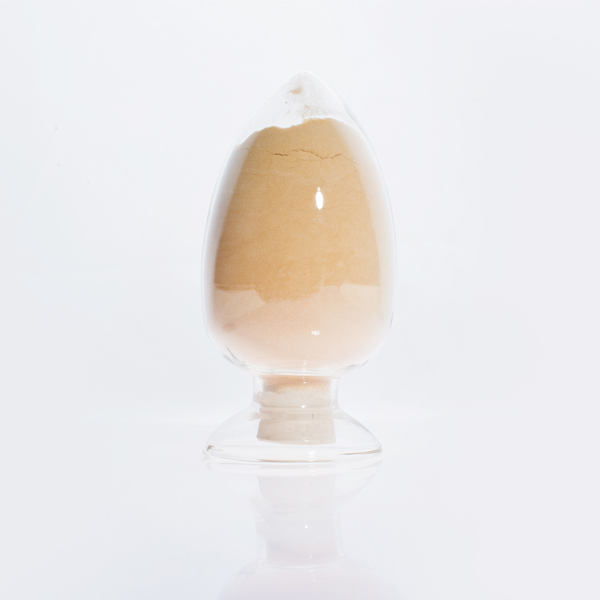
News
Nov . 09, 2024 12:25 Back to list
Polyglutamic Acid in Skincare Products Benefits and Manufacturing Insights
The Emergence of Polyglutamic Acid in Cosmetics A Game Changer for Skincare Manufacturers
In the ever-evolving world of cosmetics, where innovation drives competition, one ingredient has been making waves polyglutamic acid (PGA)
. As manufacturers are constantly seeking the next big thing to enhance their product offerings, polyglutamic acid stands out not just for its unique properties, but also for its potential to revolutionize skincare formulations.Polyglutamic acid is a naturally occurring peptide derived from fermented soybeans. It is structurally similar to hyaluronic acid, which has been a staple in the skincare industry for hydration. However, PGA has emerged as a powerful contender that promises even greater benefits. Its ability to retain moisture is reported to be up to five times more effective than hyaluronic acid, making it an invaluable ingredient for brands aiming to provide intense hydration and skin plumpness.
One of the key advantages of polyglutamic acid for manufacturers is its versatility. Unlike many traditional moisturizing agents, which may be heavy or sticky, PGA has a lightweight texture that offers a smooth finish on the skin. This characteristic makes it an ideal component in a variety of products, from serums and lotions to creams and makeup formulations. Manufacturers can easily incorporate PGA into their existing product lines, ensuring that they meet consumer demands for lightweight, hydrating options.
The growing popularity of polyglutamic acid is also driven by its efficacy in enhancing skin elasticity and reducing the appearance of fine lines and wrinkles. In an age where consumers are increasingly concerned about aging skin, the ability of PGA to promote a firmer complexion aligns perfectly with market trends. Skincare brands that leverage this ingredient can effectively target anti-aging demographics, appealing to consumers seeking visible results.
polyglutamic acid in cosmetics manufacturer

Moreover, polyglutamic acid is not only beneficial for hydration and anti-aging; it also boasts skin-soothing properties. This makes it suitable for sensitive skin types that require gentle yet effective care. For manufacturers, this broadens the customer base, allowing for the development of products that cater to diverse skin needs. With an increasing number of people experiencing skin sensitivity due to factors such as pollution, climate changes, and lifestyle choices, PGA provides a safe and effective option to soothe and protect the skin barrier.
Sustainability is another crucial aspect that contemporary skincare manufacturers must consider. The sourcing and production of polyglutamic acid—derived from fermentation—align with the industry's shift towards more sustainable practices. This can enhance a brand’s image as eco-conscious consumers are becoming more discerning about the ingredients in their products. By choosing to use PGA, brands can communicate their commitment to sustainability and effective formulations.
Challenges, however, remain for manufacturers looking to capitalize on polyglutamic acid. While the ingredient is gaining recognition, the need for education on its benefits is paramount. Brands must engage in effective marketing strategies that highlight the unique properties of PGA and how it differentiates their products from competitors. Consumer education can drive demand, ultimately leading to increased sales and brand loyalty.
In conclusion, polyglutamic acid represents a significant opportunity for cosmetics manufacturers as they navigate the complexities of the modern beauty landscape. Its superior hydrating properties, versatility in formulations, efficacy for anti-aging, and gentle nature for sensitive skin make it an exciting addition to any product line. As the beauty world continues to prioritize innovation and consumer education, brands that embrace polyglutamic acid will likely find themselves at the forefront of the skincare revolution, poised for success in the years to come.
-
Polyaspartic Acid Salts in Agricultural Fertilizers: A Sustainable Solution
NewsJul.21,2025
-
OEM Chelating Agent Preservative Supplier & Manufacturer High-Quality Customized Solutions
NewsJul.08,2025
-
OEM Potassium Chelating Agent Manufacturer - Custom Potassium Oxalate & Citrate Solutions
NewsJul.08,2025
-
OEM Pentasodium DTPA Chelating Agent Supplier & Manufacturer High Purity & Cost-Effective Solutions
NewsJul.08,2025
-
High-Efficiency Chelated Trace Elements Fertilizer Bulk Supplier & Manufacturer Quotes
NewsJul.07,2025
-
High Quality K Formation for a Chelating Agent – Reliable Manufacturer & Supplier
NewsJul.07,2025
